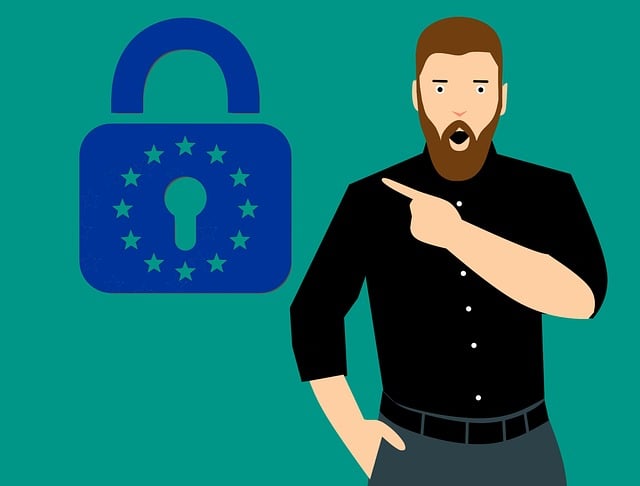Privacy settings are critical tools for individuals and organizations to protect personal data and maintain confidentiality. By regularly reviewing and understanding these settings, users can perform comprehensive data protection checks, preventing unauthorized access and breaches. Businesses should adopt a balanced approach between functionality and security, implementing practices like regular audits, role-based access controls, encryption, two-factor authentication, compliance with regulations (GDPR, PCI DSS), employee education, responsible data handling culture, differential privacy, and penetration testing to optimize privacy settings and ensure robust data protection checks.
In today’s digital landscape, understanding privacy settings is paramount for ensuring robust data protection checks. This article delves into the intricate relationship between these settings and their profound impact on maintaining secure information flows. We explore how thoughtful configuration of privacy settings enhances check system effectiveness, while also providing best practices to optimize these settings. By the end, you’ll be equipped with insights to navigate this crucial aspect of data security.
- Understanding Privacy Settings: The Gateway to Data Protection Checks
- How Privacy Settings Influence the Effectiveness of Checks
- Best Practices for Optimizing Privacy Settings in Check Systems
Understanding Privacy Settings: The Gateway to Data Protection Checks

Privacy settings are more than just technical configurations; they are the first line of defense in safeguarding personal data and privacy. Understanding these settings is crucial for anyone looking to perform thorough data protection checks. Each platform, whether it’s a social media site, email service, or mobile app, offers users control over who can access their information. This control is essential for maintaining confidentiality and preventing unauthorized data breaches.
By delving into these privacy options, users can ensure that their data is only shared with trusted entities while adhering to relevant data protection regulations. Regularly reviewing and adjusting these settings allows individuals to stay proactive in protecting their personal details from potential threats, ensuring peace of mind in the digital realm.
How Privacy Settings Influence the Effectiveness of Checks

Privacy settings play a pivotal role in shaping the effectiveness of data protection checks within organizations. These settings act as guardrails, controlling access to sensitive information and ensuring compliance with data privacy regulations. By meticulously configuring privacy settings, companies can define who can view, edit, or share specific data, thereby reducing the risk of unauthorized access and potential data breaches.
When integrated with robust data protection checks, privacy settings enable organizations to conduct thorough audits, monitor user activities, and identify any anomalies or suspicious behaviors. This proactive approach not only reinforces security measures but also fosters a culture of data stewardship. As technology evolves and new threats emerge, regularly reviewing and updating privacy settings is essential to maintain the integrity and confidentiality of sensitive data.
Best Practices for Optimizing Privacy Settings in Check Systems

To optimize privacy settings in check systems and ensure robust data protection checks, businesses should adopt best practices that strike a balance between functionality and security. Start by conducting regular audits to identify sensitive data points and adjust permissions accordingly. Implement role-based access controls (RBAC) to limit data visibility only to authorized personnel. Encrypt sensitive information both at rest and in transit to safeguard it from unauthorized access. Additionally, enable two-factor authentication (2FA) for an extra layer of security. Stay updated with privacy regulations and industry standards, such as GDPR or PCI DSS, to ensure compliance. Regularly review and update privacy settings to adapt to evolving business needs and regulatory landscapes.
Further, educate employees on data protection best practices through training sessions and awareness campaigns. Foster a culture of responsible data handling where everyone understands their role in protecting sensitive information. Utilize privacy-enhancing technologies like differential privacy and secure data sharing protocols to minimize risks during data processing and transmission. Regularly test and validate these settings through penetration testing and security audits to identify vulnerabilities and rectify them promptly. By following these best practices, organizations can effectively manage privacy settings in check systems while maintaining robust data protection checks.
